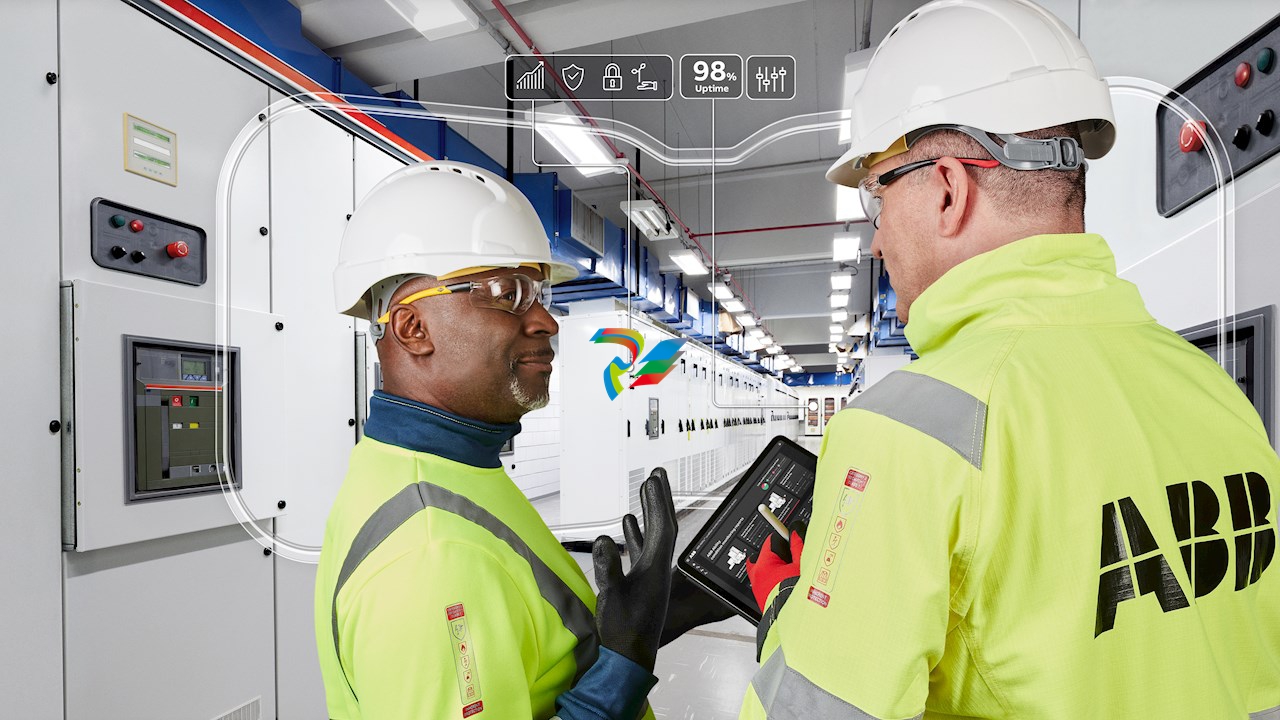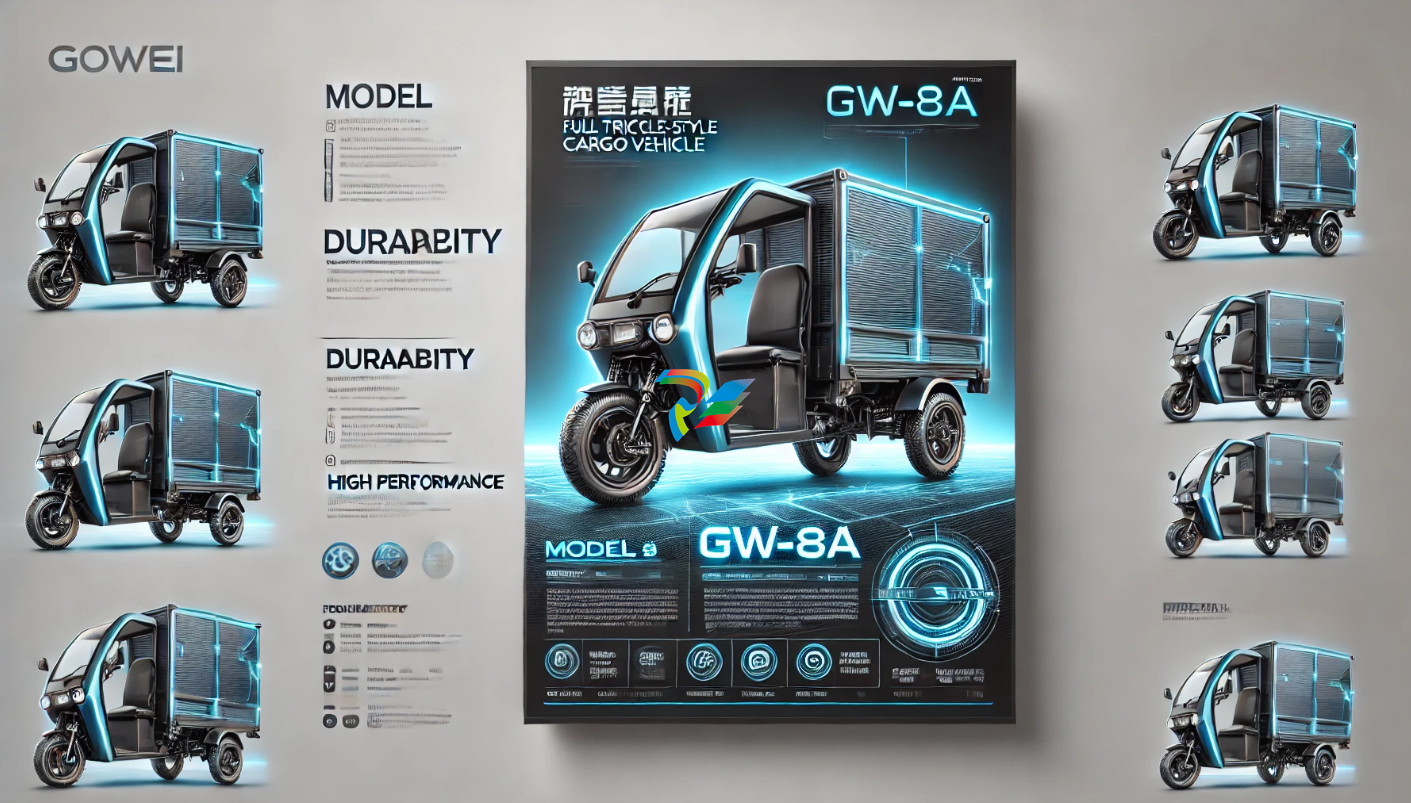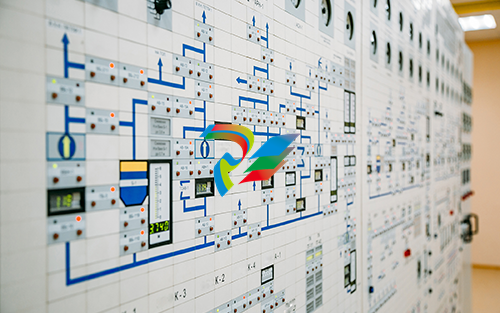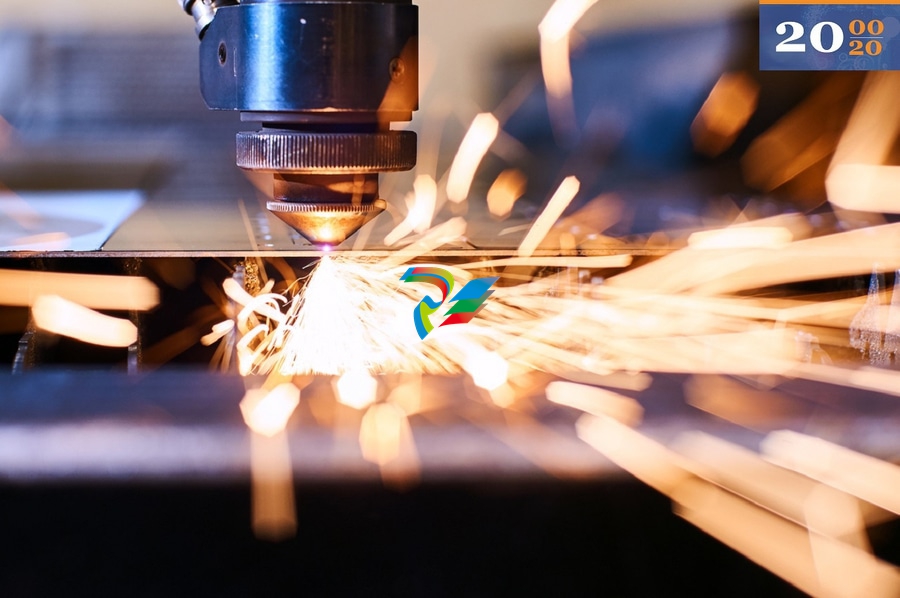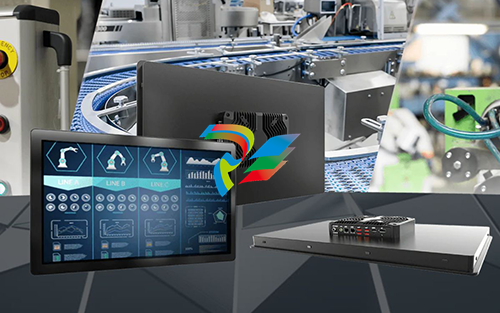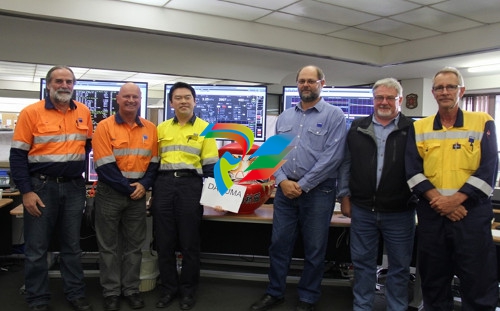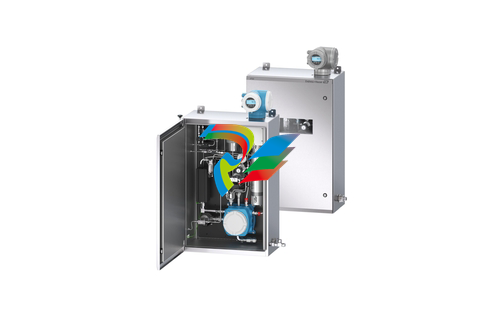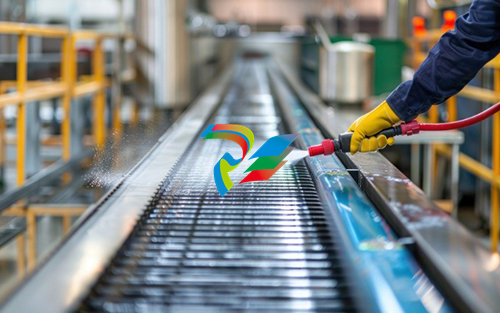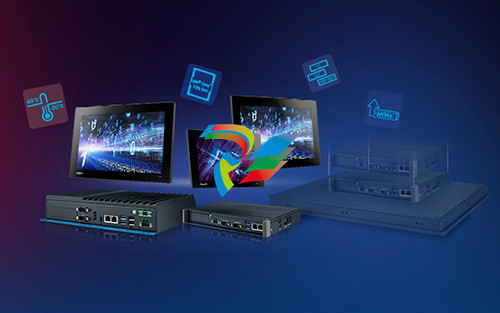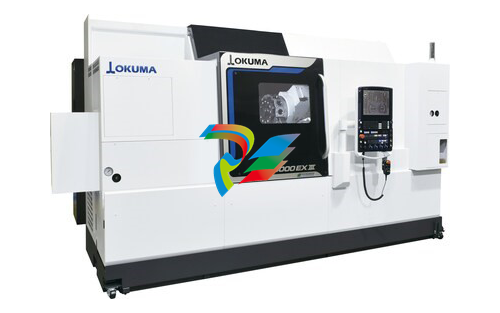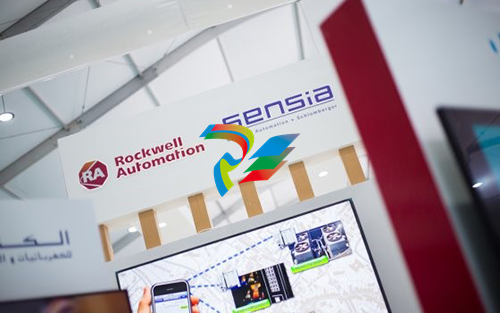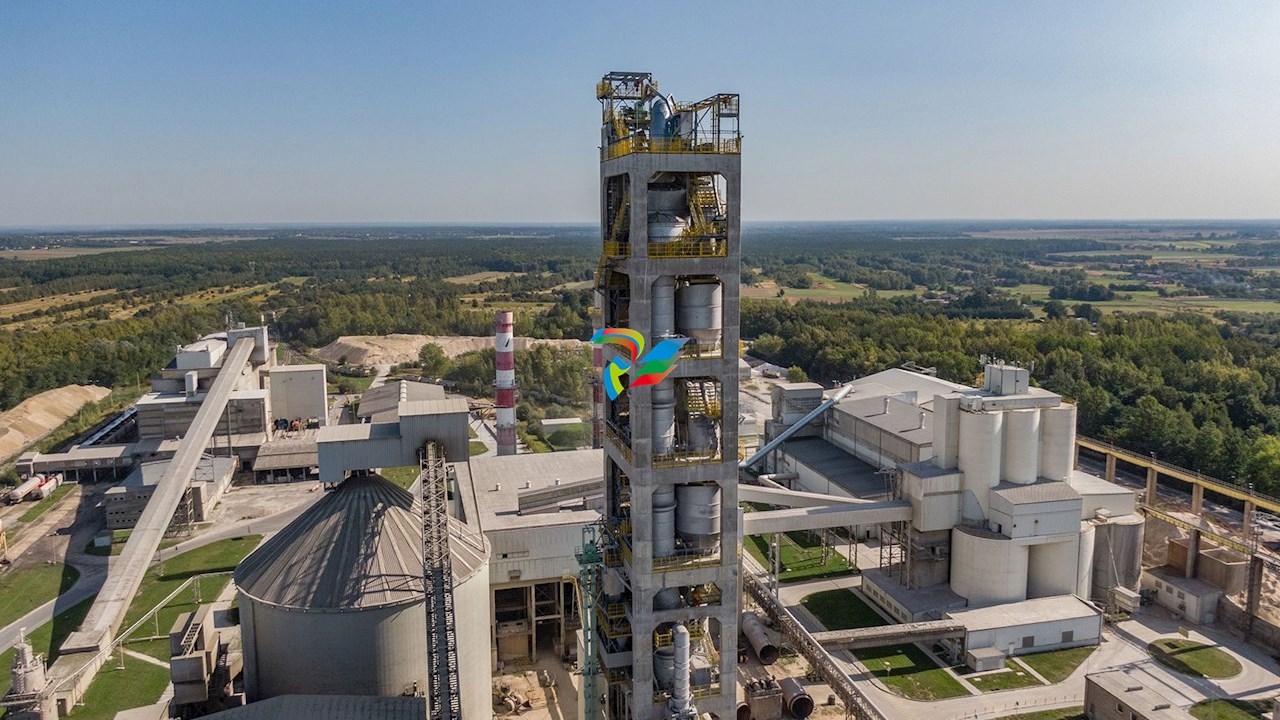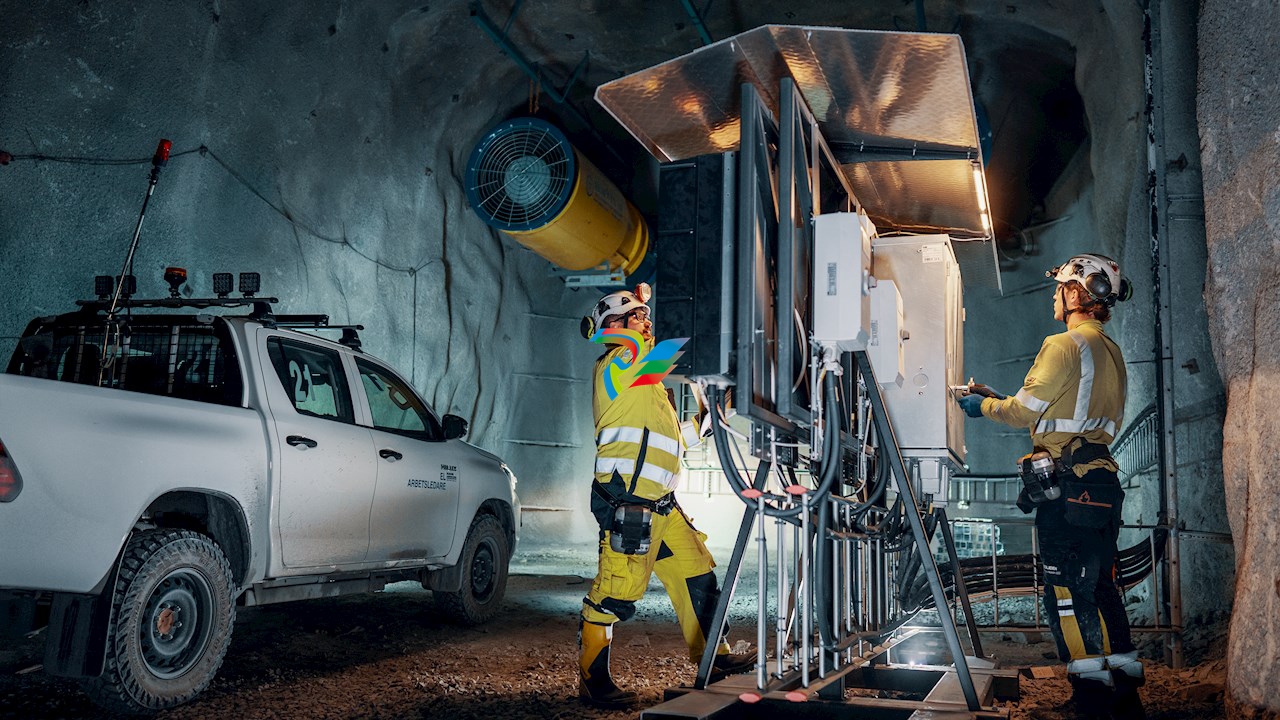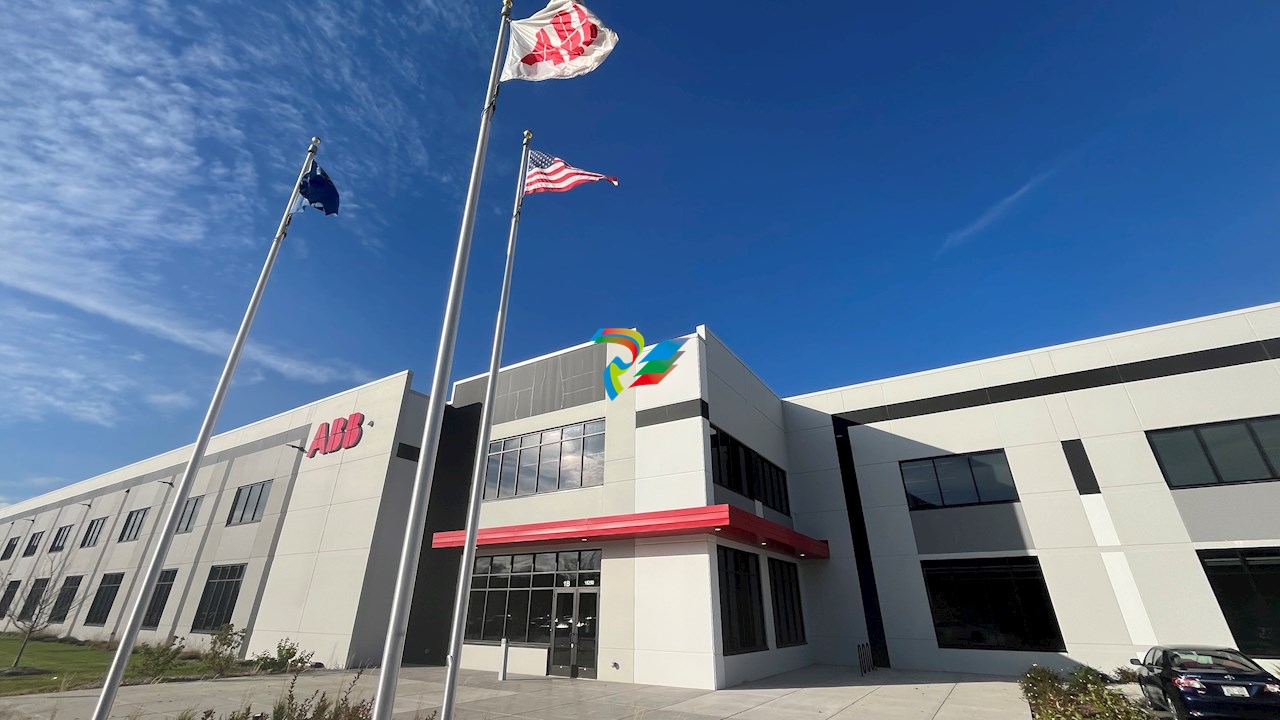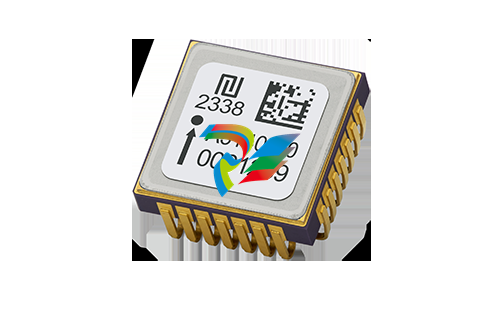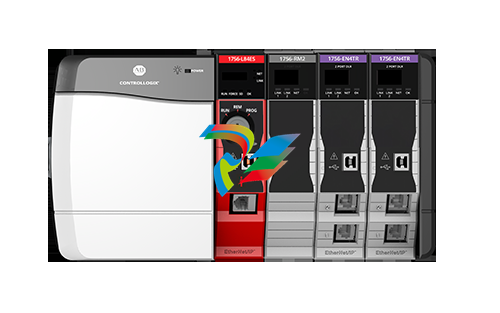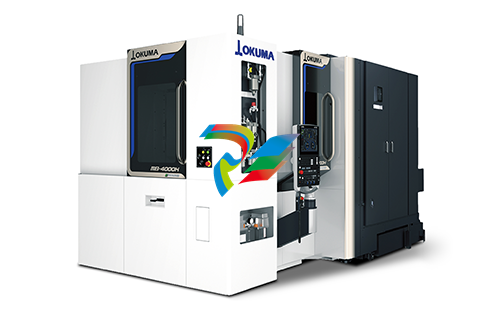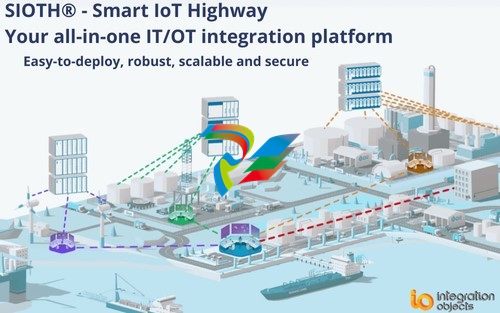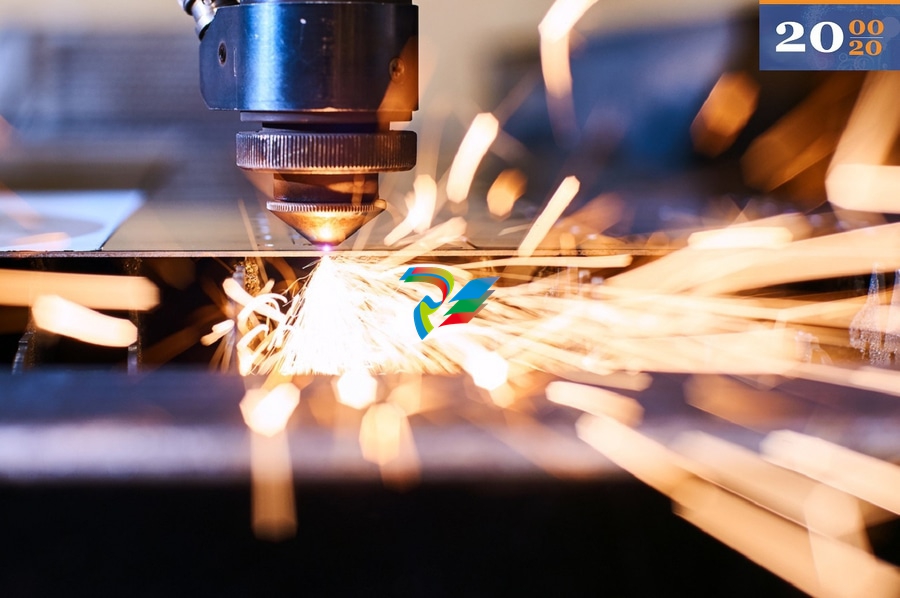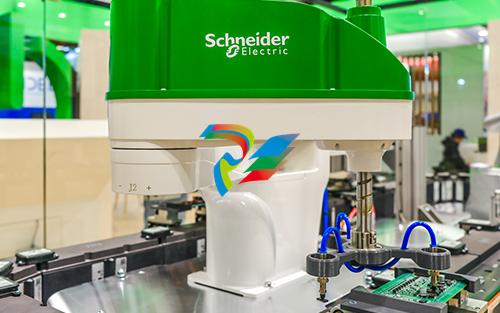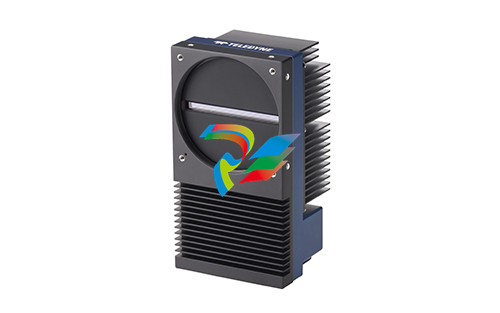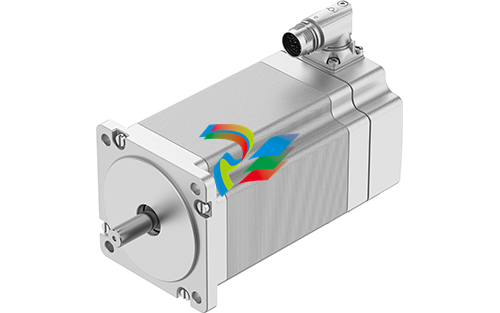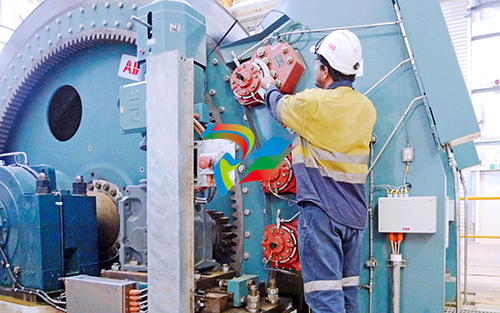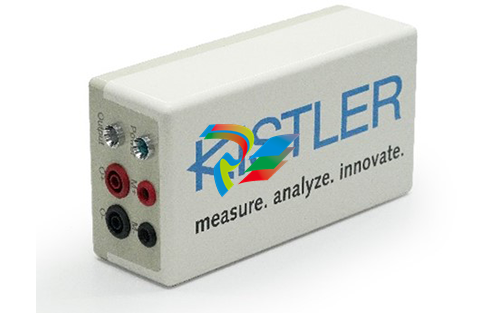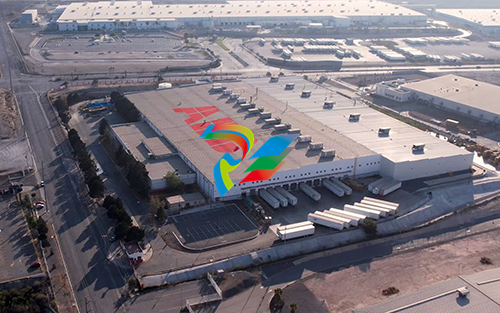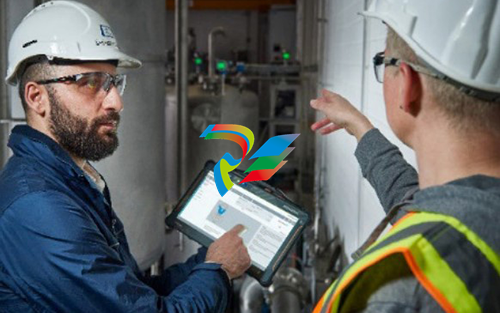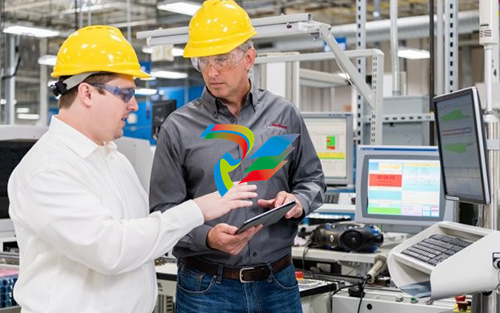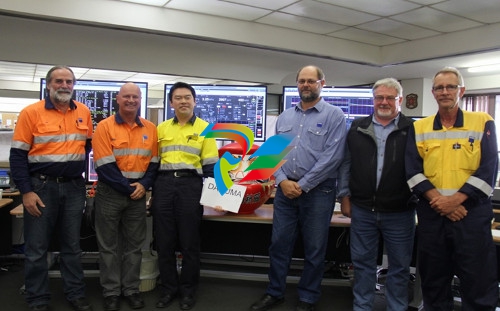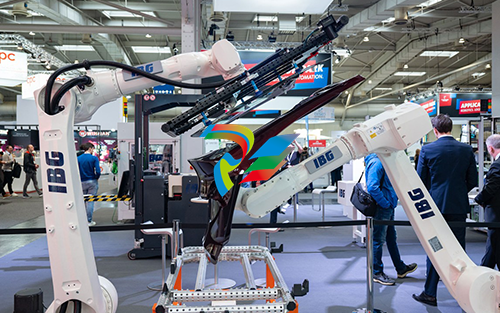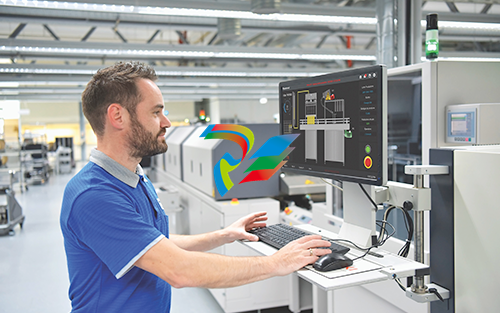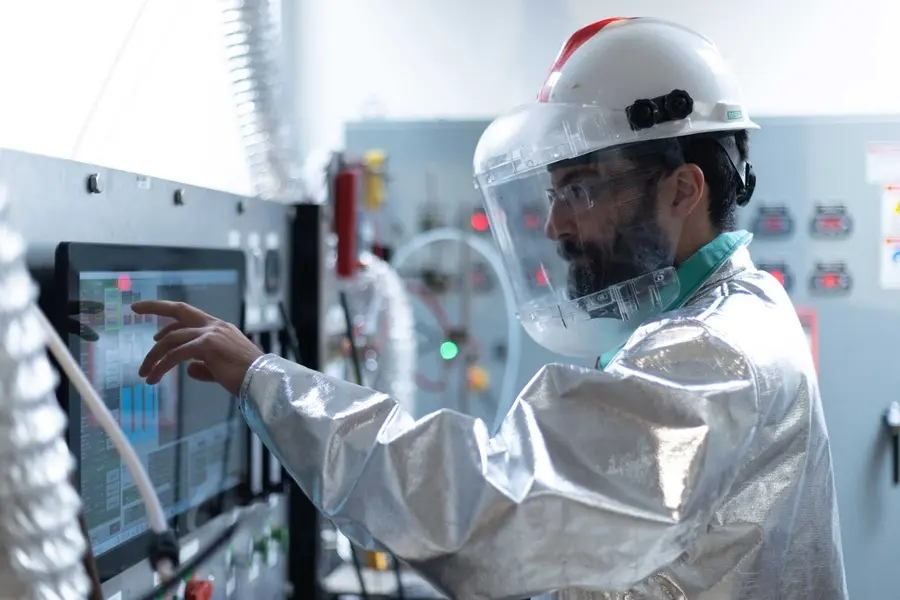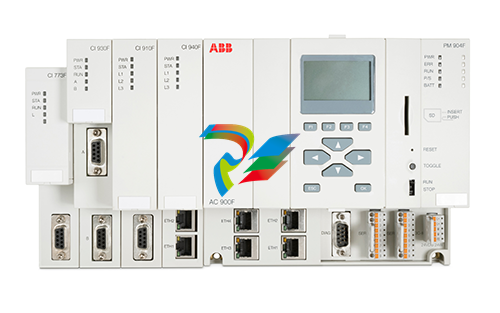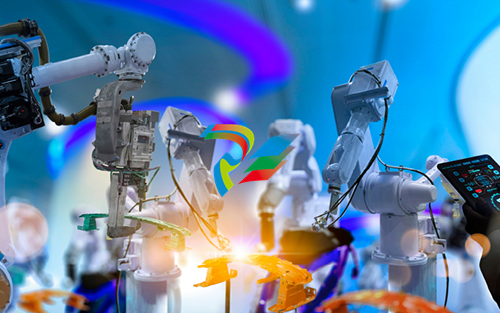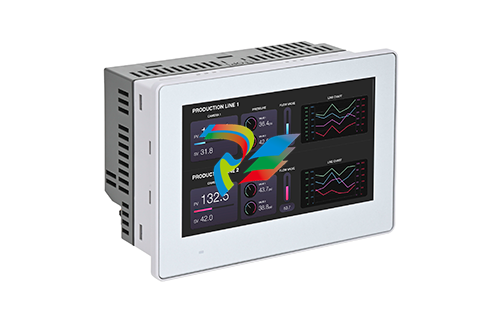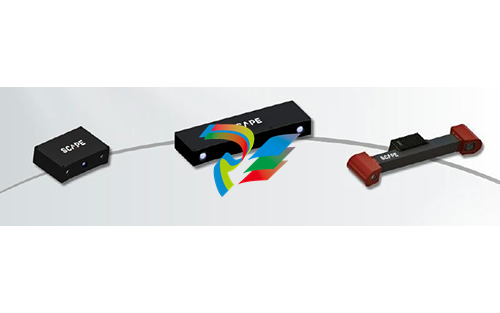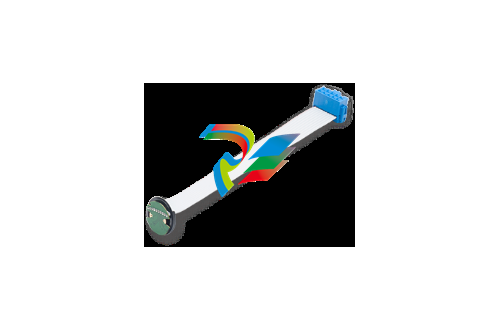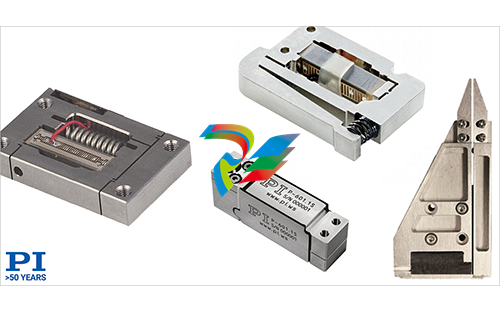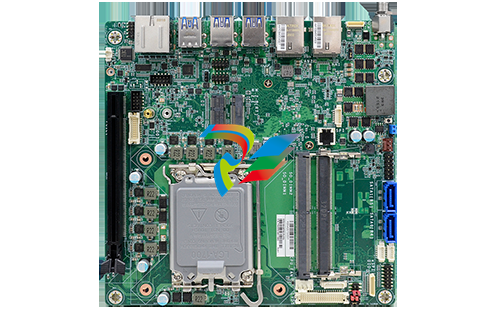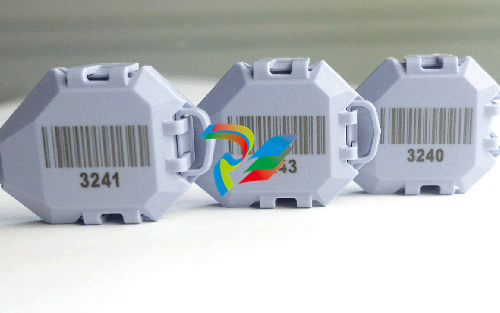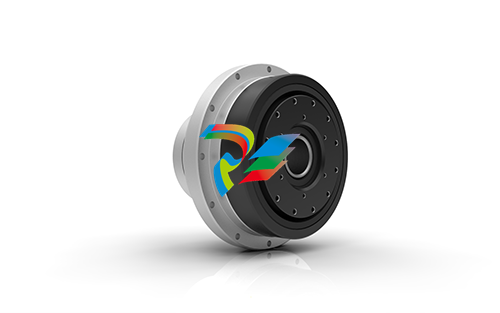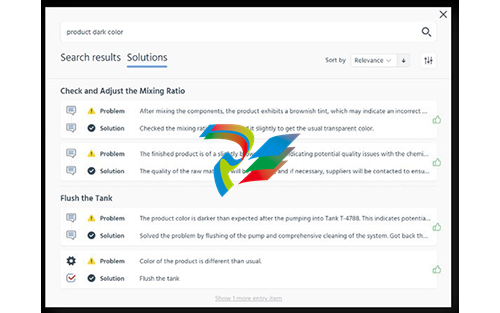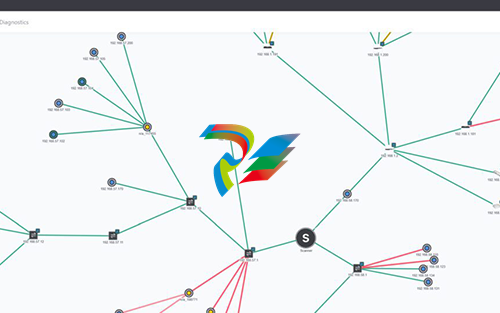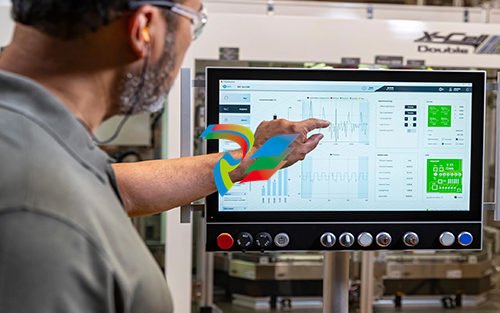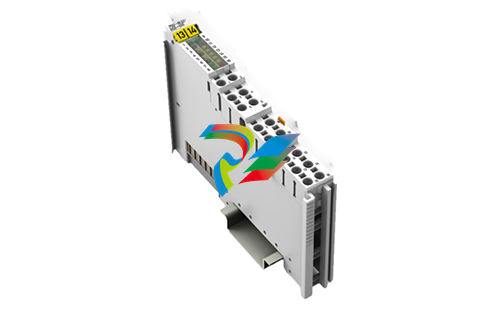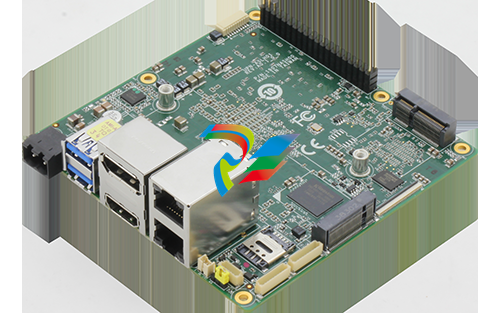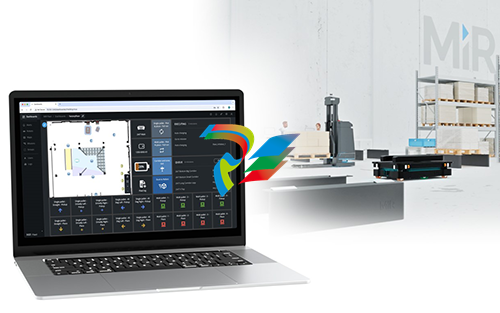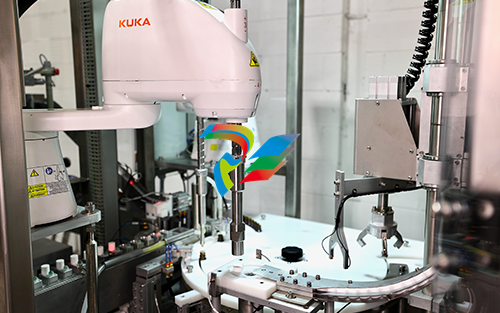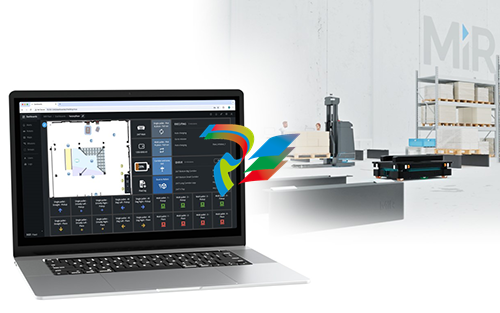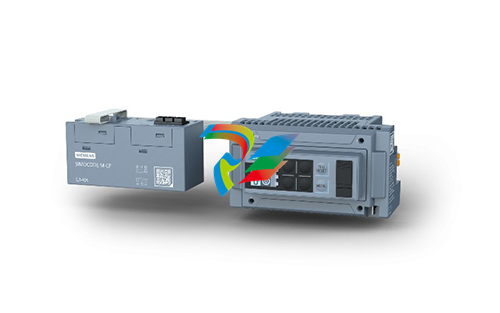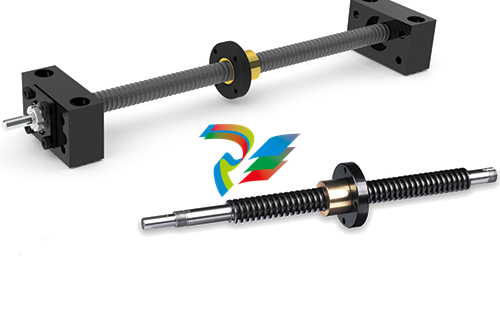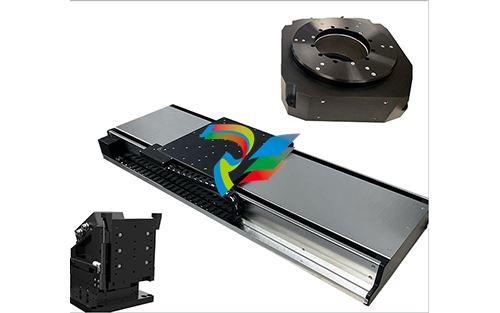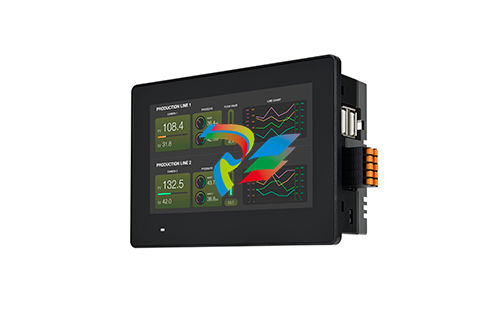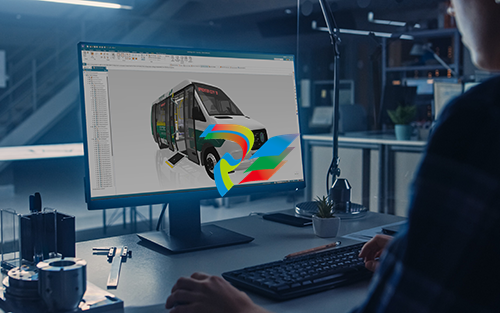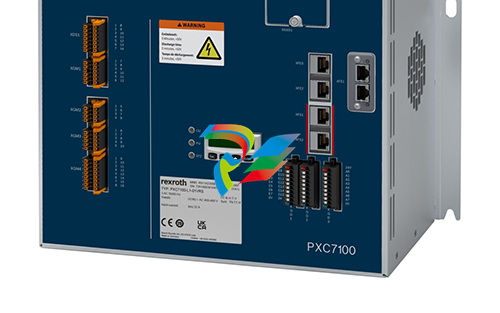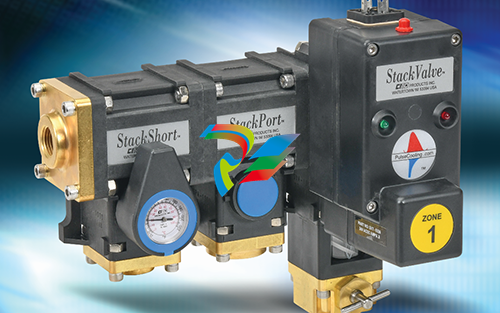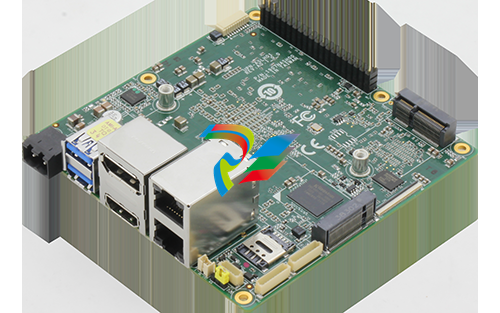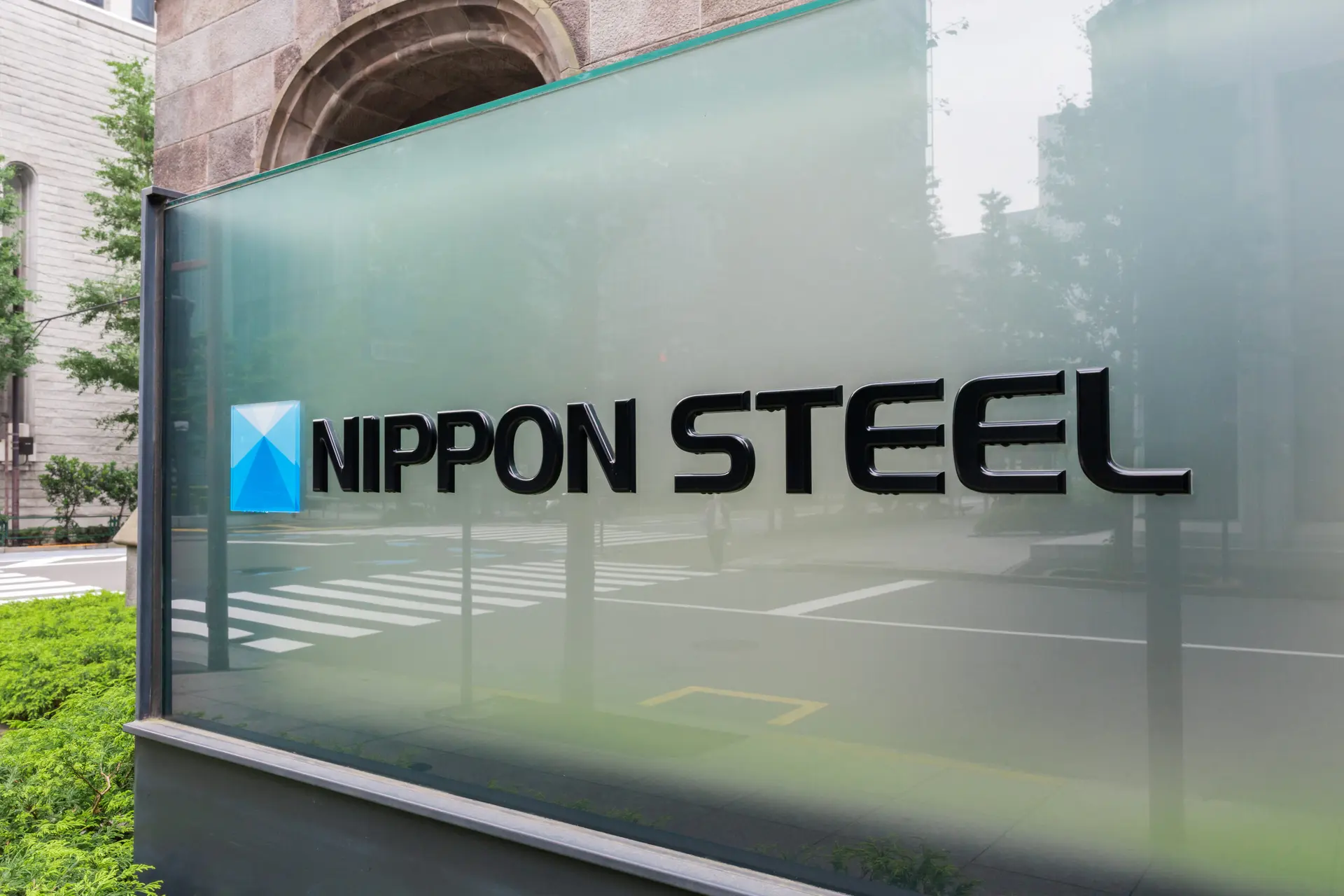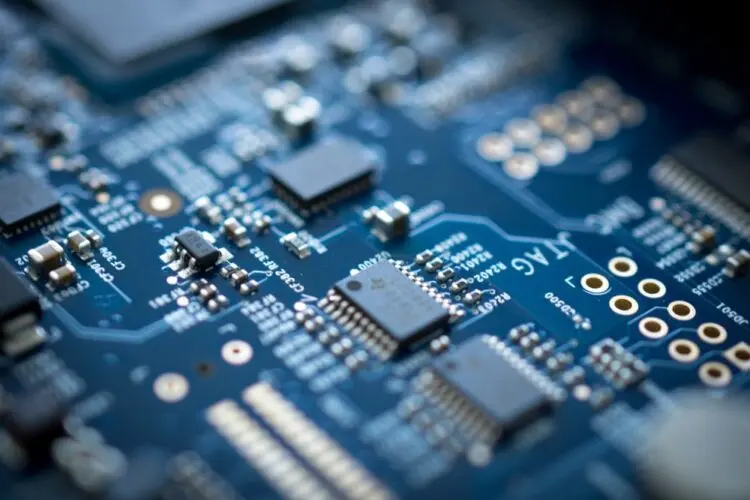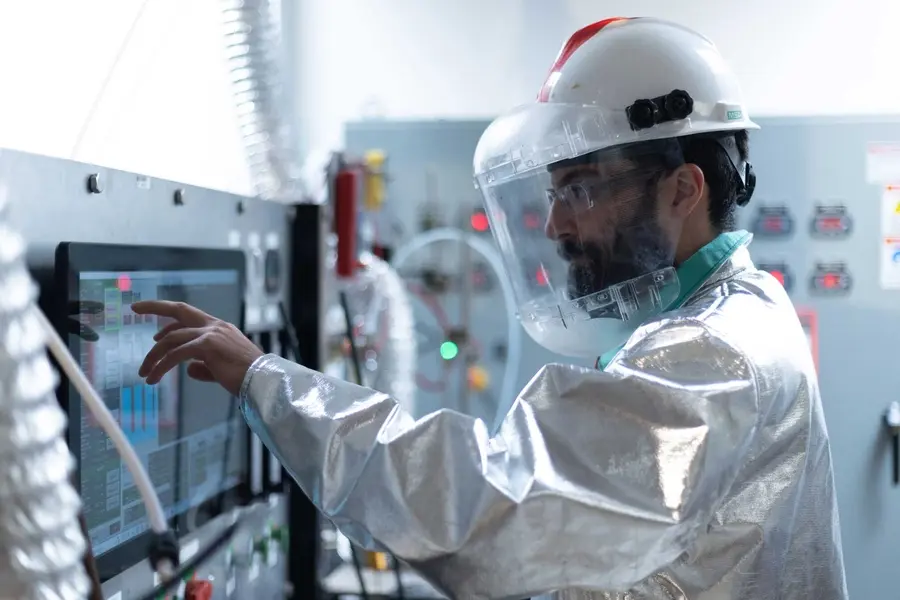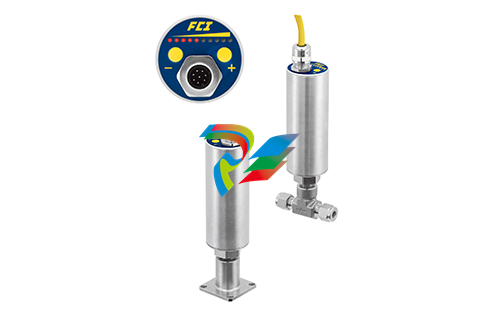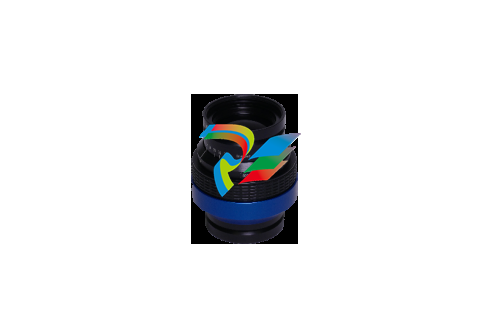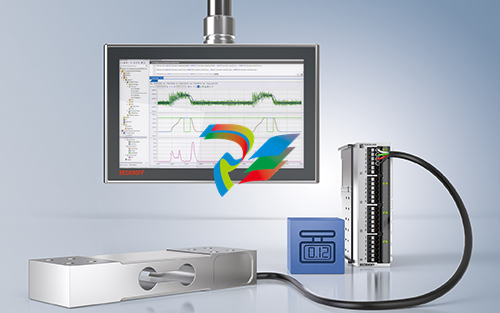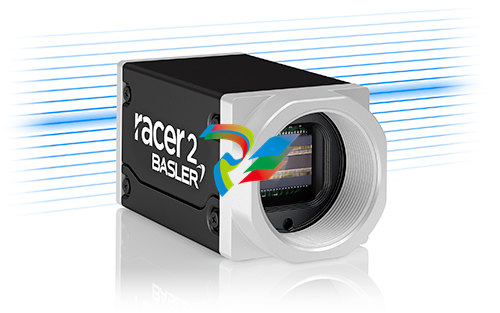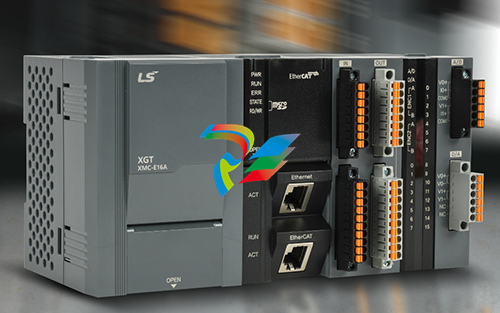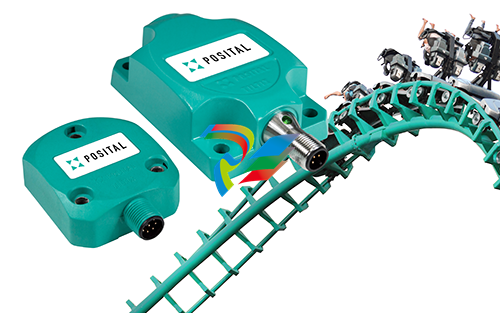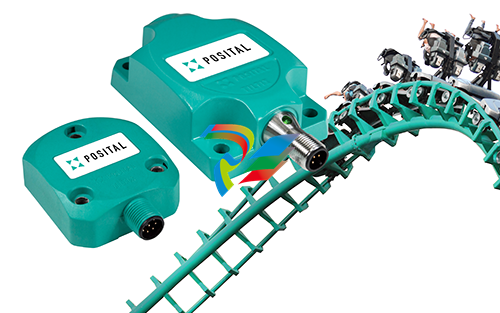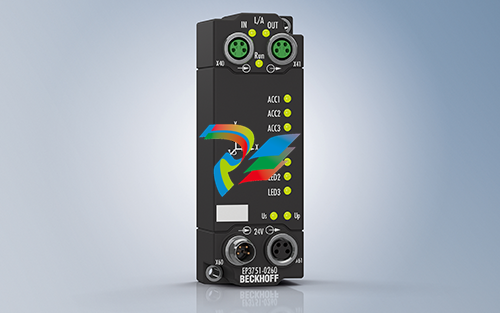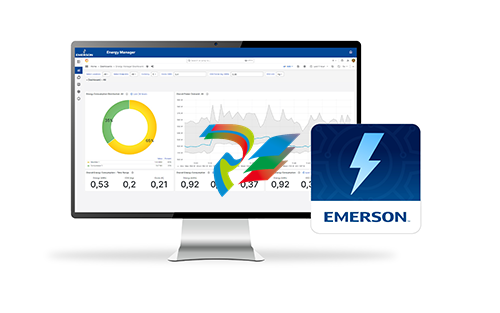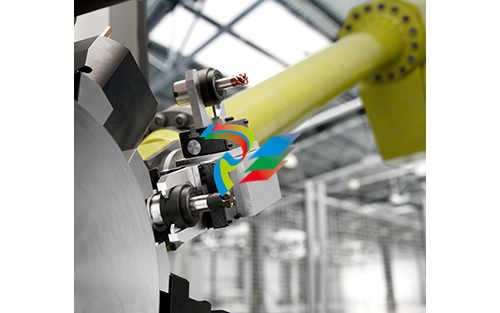
DCS; Industrial control system
Product
Article
NameDescriptionContent
Argument
Current Location:
PRODUCT SHOW
Description
**Siemens 6ES7 151-8AB01-0AB0: The Benchmark in Automation Control**
Siemens 6ES7 151-8AB01-0AB0 - Digital Input Module
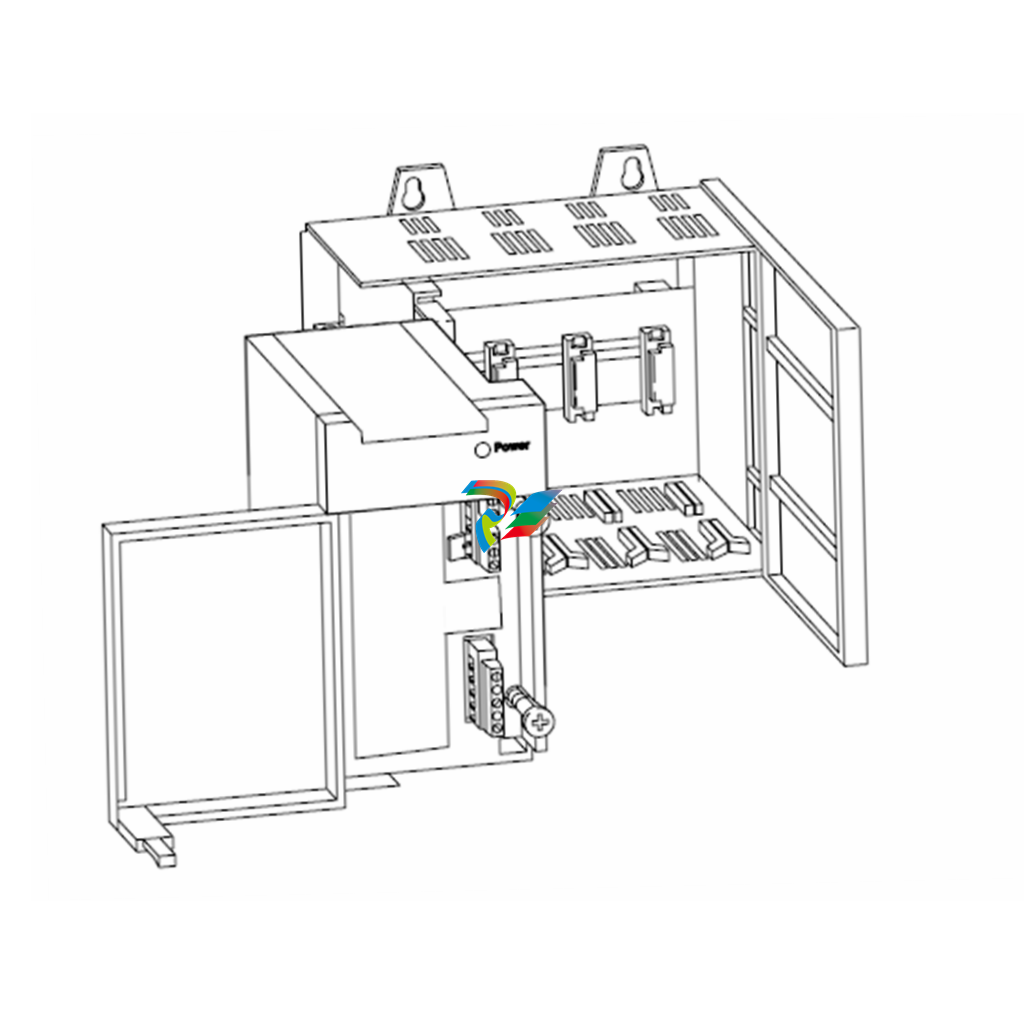
Siemens 6ES7 151-8AB01-0AB0 - Digital Input Module
**Siemens 6ES7 151-8AB01-0AB0: The Benchmark in Automation Control**
The Siemens 6ES7 151-8AB01-0AB0 is an advanced and robust controller designed for a variety of demanding applications in the power industry, petrochemical sector, and general automation. Renowned for its superior performance and reliability, this model stands out in the Siemens automation product lineup. With an impressive input/output (I/O) capacity, it supports extensive network configurations, making it an ideal choice for complex automation tasks.
**Key Technical Features**
The Siemens 6ES7 151-8AB01-0AB0 boasts a high performance I/O capacity, facilitating seamless integration into extensive automation systems. It features a modular design that enhances scalability and flexibility, allowing users to customize the system based on specific application requirements. The unit is built for durability, designed to operate in harsh industrial environments while maintaining high performance levels. Its rugged construction ensures resistance to environmental factors such as temperature fluctuations, moisture, and dust, thereby prolonging its lifespan.
Performance metrics for the 6ES7 151-8AB01-0AB0 are exceptional, with fast processing speeds that enable real-time data handling and decision-making. The controller supports various communication protocols, ensuring compatibility with other Siemens models and devices. This versatility is further enhanced by its ability to connect with Siemens 2711P-K15C4D1 and Siemens 6ES7242-5DX30-0XE0, making it an integral part of a comprehensive automation solution.
**Real-World Usage Scenarios**
In real-world scenarios, the Siemens 6ES7 151-8AB01-0AB0 excels in controlling complex processes within the power industry. Its ability to manage multiple I/O points efficiently makes it suitable for power generation facilities where real-time monitoring and control are critical. In the petrochemical industry, this controller is employed to enhance operational safety and efficiency, managing processes that require precise control of flow, temperature, and pressure.
Additionally, in general automation, the 6ES7 151-8AB01-0AB0 integrates seamlessly with other Siemens automation solutions. Its compatibility with models such as Siemens 2711P-K12C15A6 and Siemens 2711P-B15C4D1 allows for enhanced functionality in manufacturing environments where automation is key to productivity.
**Comparison with Other Siemens Models**
When comparing the Siemens 6ES7 151-8AB01-0AB0 with other models within the Siemens brand, such as the Siemens 2711P-RP7D and Siemens 2711P-T15C4A9, it becomes evident that the 6ES7 151-8AB01-0AB0 offers unique advantages in I/O capacity and processing speed. While the Siemens 2711P models are excellent for specific applications, the 6ES7 151-8AB01-0AB0 provides greater flexibility and scalability, making it the preferred choice for large-scale automation projects.
**Complementary Models**
The Siemens 6ES7 151-8AB01-0AB0 works exceptionally well in conjunction with various other Siemens models. For example, coupling it with Siemens 2711P-T15C15B2 can enhance the visual monitoring of automated processes. Similarly, integrating with Siemens 6ES7 960-1AA06-0XA0 allows for expanded data logging and analysis capabilities. Other complementary models include Siemens 2711P-K12C4D6 for enhanced input options and Siemens 2711P-B15C6D2 for additional output functionalities. Each of these models serves to amplify the capabilities of the 6ES7 151-8AB01-0AB0, creating a comprehensive and efficient automation ecosystem.
In conclusion, the Siemens 6ES7 151-8AB01-0AB0 stands as a top-tier solution for industries requiring reliable and efficient automation. Its robust technical features, along with its ability to excel in real-world applications, make it an indispensable asset in the power industry, petrochemical sector, and beyond. With its compatibility with numerous Siemens automation products, it not only enhances operational efficiency but also paves the way for future advancements in automation technology.

Purchase history
| User name | Member Level | Quantity | Specification | Purchase Date |
|---|
Total 0 Record
Customer Reviews
Satisfaction :
5 Stars
No evaluation information


Address:Xiamen City, Fujian Province, China

TELL:
15396210640、15359023839


E-MAIL:yang@kongjiangauto.com
E-MAIL:gedcs868@gmail.com
ICP备案编号:闽ICP备15020580号-7

